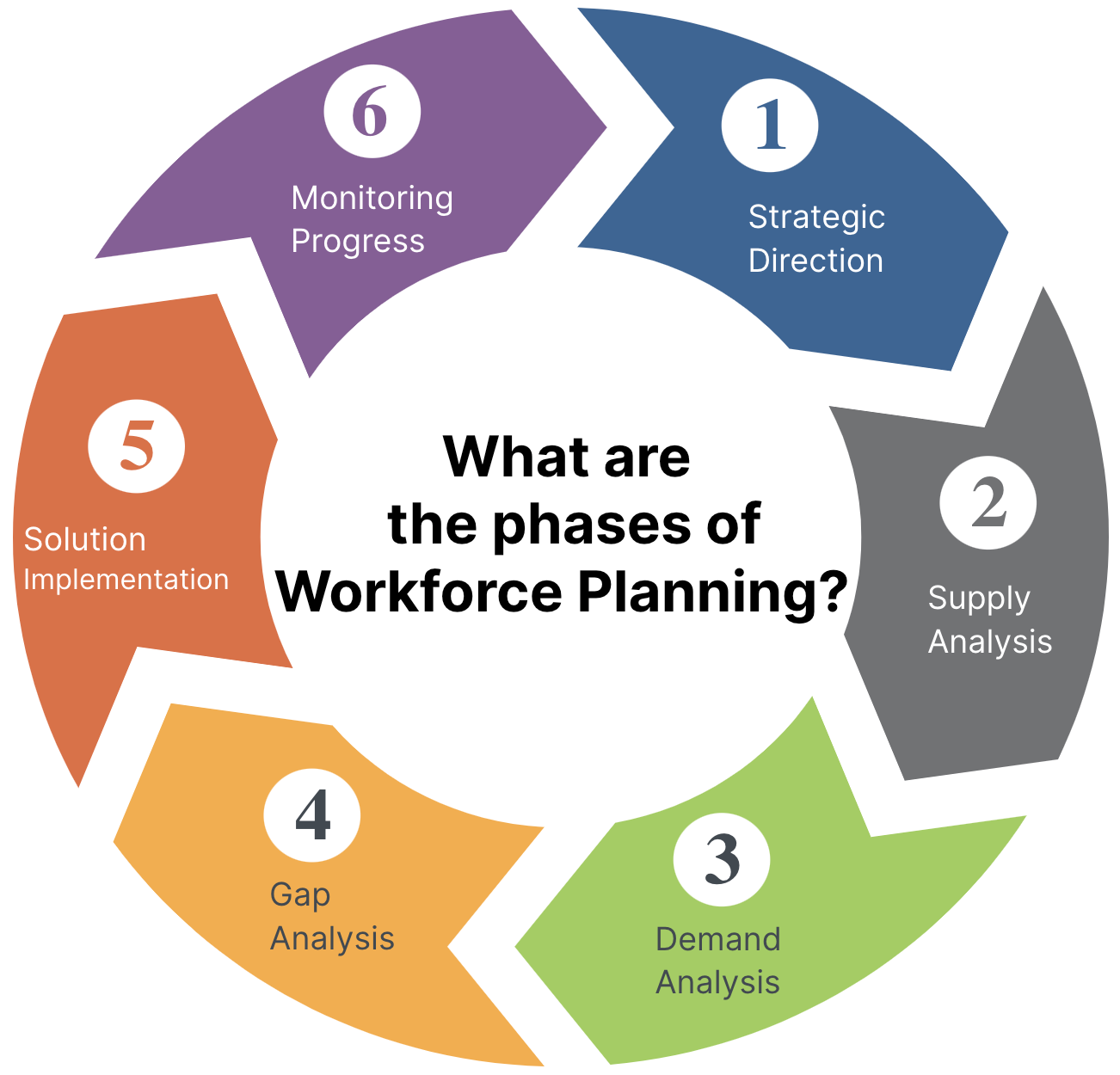Workforce management is an analytical process that ensures the optimal distribution of work resources and optimizes the performance of employees and the organization's skills. This process takes place in a few steps that will be detailed in this article (HRNIH). 
1. Strategic Direction
Strategic direction refers to understanding the main goals of your organization. It is important to understand where your organization is headed in order to be able to organize the workforce in an optimal way.
Here are some things to consider at this stage:
- What are your organization's strengths and challenges?
- What is your organizational strategy for the short and long term?
- How well can your organization survive changes in budget, demand and other external factors?
Once your organization's strategic direction is defined, it's time to move on to forecasting traffic:
2. Supply Analysis
Forecasting is the foundation of the workforce management cycle. Supply analysis refers to understanding the current workforce availability and how it is expected to change over time. This should also take into account periodic events, such as holidays or school breaks, and other recurring events that affect your employee availability (Teleopti, 2019).
Here are some things to consider at this stage:
- What factors influence my organization's workload?
- Are there times of the year that are typically busier than others?
- How many people are needed to provide each service?
3. Demand Analysis
Conducting a demand analysis involves understanding your organization's current and future needs.
Here are some things to consider at this stage:
- How well does the current workforce align with your business strategy?
- What positions are difficult to fill with quality candidates?
- What new ways of working or new skillset make recruiting easier?
4. Gap Analysis
This phase involves understanding the gaps between the supply and demand of labor and identifying the gaps that have the greatest impact on your organization's performance.
Here are some things to consider in this phase:
- What are the diversity gaps in the workforce?
- How does turnover affect the overall distribution of employees?
- What are the skill or competency gaps in my organization?
In order for your company to achieve its strategic goals, following the identification of gaps, corrective actions must be taken in line with these gaps.
5. Solution Implementation
Now that your organization's strategy and needs have been established, it's time to analyze the data and implement the decisions made. Subsequently, you can produce workforce schedules while taking into account the new knowledge you have accumulated.
Here are some things to consider at this stage:
- How can I align workforce planning with my organization's overall strategy and direction?
- What are my organization's most important workforce planning needs?
- Do I have all the necessary data on my employees? Is this data current?
6. Monitoring Progress
Finally, it is important to regularly monitor the performance of the workforce planning solutions you have in place and their impact on the gaps they were designed to fill.
As your organization and its needs change over time, strategies must be updated and revised accordingly. In other words, workforce planning is an ever-changing cycle, or an ongoing process that evolves as your organization grows and learns from past experiences.